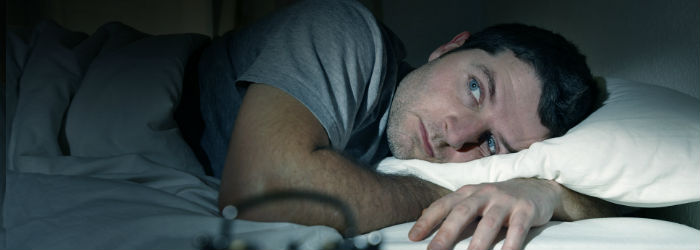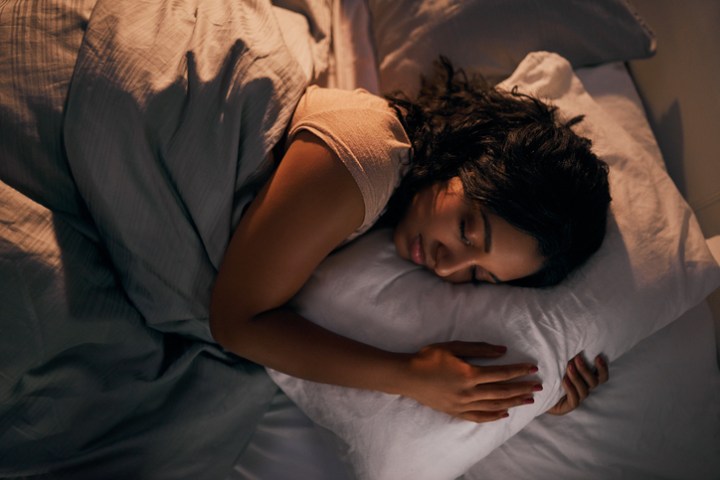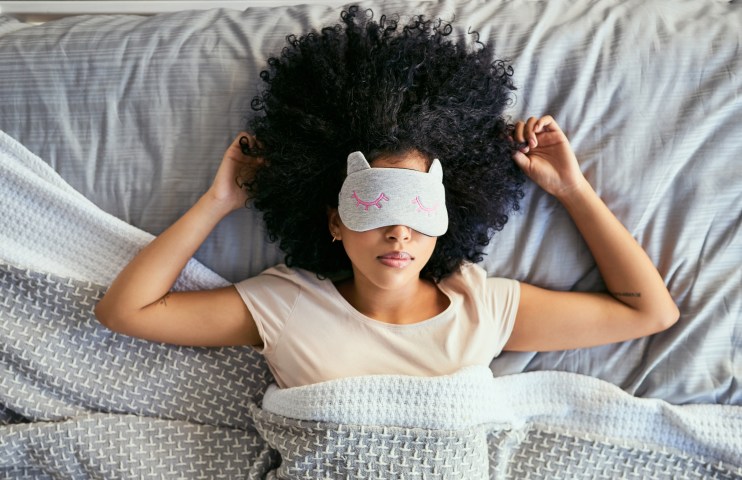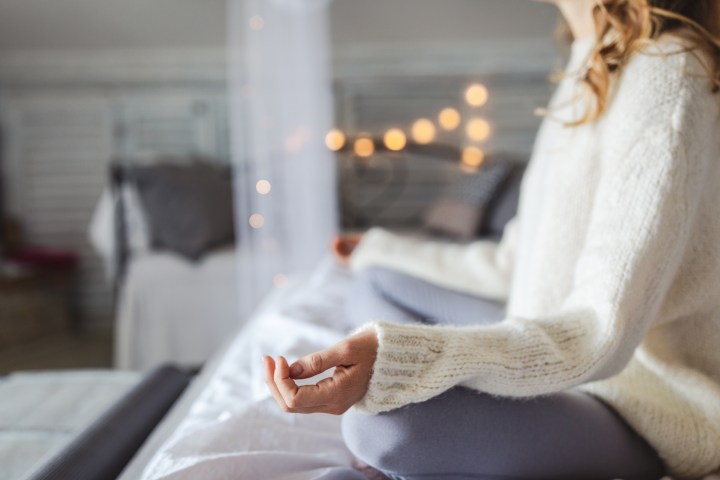Adjust your sleep pattern to help insomnia

Everyone has the occasional night of poor sleep, and most of us have had times when we’ve found it hard to get to sleep or stay asleep when we’re stressed or worried about something. Usually these problems go away quite quickly and normal sleep returns. But how can you cope with constant sleeping and insomnia? Here, Dr Colin A. Espie, Professor of Sleep Medicine in the Nuffield Department of Clinical Neuroscience at the University of Oxford, looks at how you can help insomnia and make your sleep pattern the best it can be.
Do you feel like a well-oiled machine, operating at its best? Almost certainly not, otherwise you wouldn’t be reading this article. Yet that’s the way we’re designed to be with good, sound, deep sleep at night, which revives us, and makes us alert, good-natured and productive during the daytime. Remember the extra goal to make your sleep as efficient as possible? The goal is to have good-quality sleep throughout the time you are in bed, and to restore your wellbeing for the daytime. One of the first questions we need to ask then is: How much sleep do you need?
How much sleep do I need?
It may come as a surprise but there are no hard and fast rules about this, any more than there would be a hard and fast rule about what height you should be, or what shoe size you should take.
You’ll have heard people talking about ‘getting their 8 hours’, as if 8 hours is what everyone needs. This simply isn’t so. You need to find out how much sleep you need.
How long did you estimate your typical sleep to be? No doubt it was less than you wanted, but let’s start from where you are at the moment. If you want a really accurate answer about how long you usually sleep, keep your sleep diary for ten nights, and then work out your average sleep time on the chart below.
By dividing your total sleep over ten nights, you’ll be able to work out the length of your average night’s sleep. That is your first step towards making your sleep as good as it can be.
Setting a regular amount of time in bed
Your next goal is to work out a way of achieving this same amount of sleep every night. One of the problems of insomnia is the sometimes large difference in the amount of sleep you get from night to night. So, however much or little sleep you’re getting, it’s important to work towards getting the same amount every single night.
Now, let’s decide on a rising time, or getting-up time. It is best to have a set time for getting up every morning, seven nights a week, until you get your sleep problem sorted. Note that down here.
My getting-up time will be ______________________
The next thing is to set a threshold time for going to bed – the time at which you go from the living room to the bedroom. Remember, you have only got so much sleep to play with, so you can work out your threshold time by subtracting your average total sleep time from your rising time. Figure 17 will help you select the best threshold and rising time for you.
The time between your threshold time and your rising time is your sleep window – the window of opportunity for you to sleep.
Let’s take an example to show how this works. If you estimate that you’re sleeping 5½ hours, then you could have a rising time of 7 a.m., and your threshold time to go to bed would be 1.30 a.m. You are free to adjust in either direction from that (have a look at the chart). So you might instead set a rising time of 6.15 a.m., and that would make your threshold time 12.45 a.m. The point is you have set a very tight sleep window, seven nights per week. Write your preferred threshold time below:
My threshold time will be ______________________
Important note – if you estimate your sleep time as less than 5 hours, it’s best for you to use a minimum 5 hours as your sleep window and, if you’ve been feeling depressed, or are prone to having ‘highs’, then it’s best that you try a minimum of 6 hours.
Changing your sleep window
So what is going to happen if you follow this schedule? Your sleep efficiency will climb rapidly towards 90 per cent. You’ll have greatly reduced the amount of time you spend in bed, and that’ll force the sleep you do get into the narrow sleep window of opportunity. You’ll have increased the proportion of time in bed that you actually sleep. This will make your sleep much more refreshing and uninterrupted. Then, once this has worked, it may be possible for you to stretch the sleep window and get a little bit more sleep. You can track your progress over several weeks in a sleep diary.
So here’s the adjustment rule:
At the end of each week, recalculate your sleep efficiency using the sleep efficiency equation below. If it’s improving, reward yourself with an extra 15 minutes in bed for the subsequent week.
To use the example we started with, if you use the adjustment rule this would mean that the sleep window would shift from 5½ to 5¾ hours in the second week, if you have been sleeping well. Again, if you manage to increase your sleep efficiency towards 90 per cent, in the third week you can make the sleep window 6 hours, and then 6¼ hours, 6½ hours, and so on. For each adjustment, you can decide when to set the threshold and getting-up times.
It may take several weeks to increase your total sleep, but if you do it gradually it can increase without causing your sleep pattern to break up again.
Monitoring your sleep
This can be challenging, so it’s worth remembering the importance of tracking the goals that you set, and tracking your sleep efficiency. Your diary is your best friend here because, however you might feel, the information there gives you an accurate record of your progress.
Extracted from An Introduction to Coping with Insomnia and Sleep Problems, by Dr Colin A. Espie. More books on supporting and managing your mental health can be accessed through The Reading Agency and the Society of Chief Librarian’s Reading Well Books on Prescription book list.










